A Salvaged Banksy Mural is Now on View in NYC
This unique Banksy mural goes up for auction on May 21st in NYC!


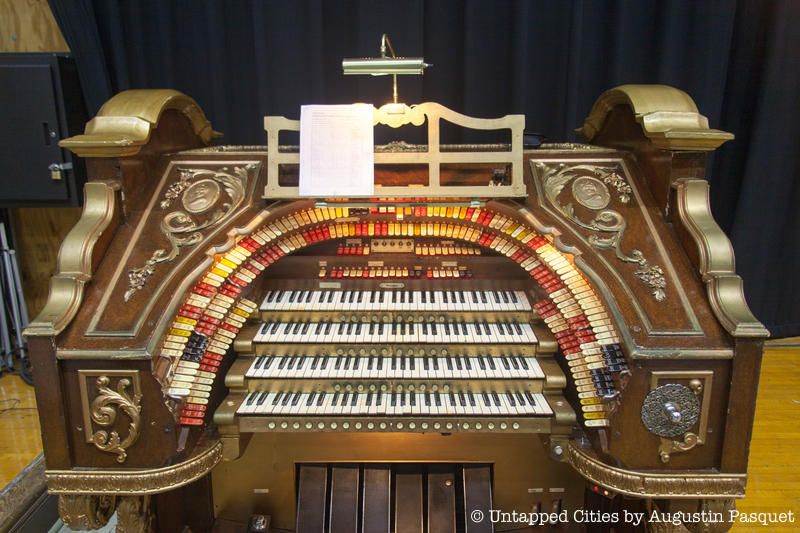
Sitting in the basement of LIU Brooklyn is the monstrous Wurlitzer 4/26 orchestral organ. Built in 1928, this model is 100% original and only one of two still left in operation, the other sitting in Radio City Music Hall. Joe Amato, who has been the Wurlizter’s organ curator at this location since the mid 1980s took us around the space and told us about what Bedford + Bowery calls the ‘Beast’ of a Wurlitzer.
What makes the LIU Brooklyn Athletic Center unique is that it began as the Brooklyn Paramount Theatre in the mid 1900s.
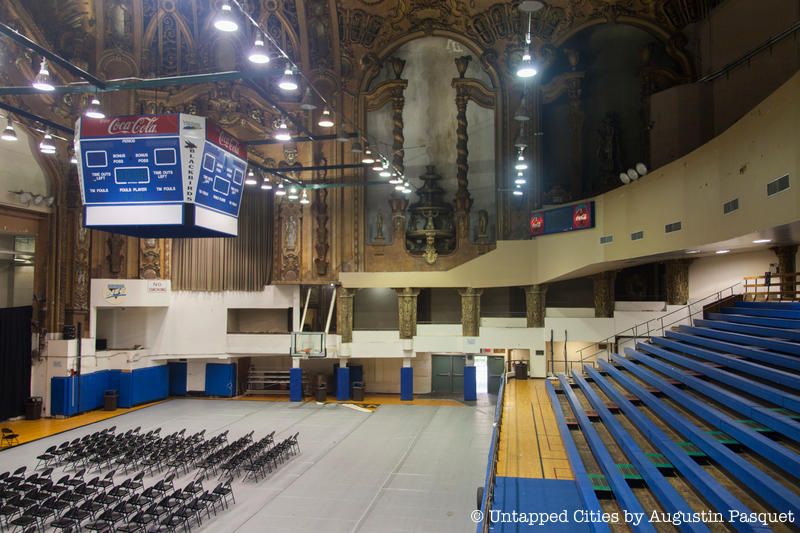
It opened on November 23rd, 1928, and became one of the most well-known entertainment venues by hosting live and on-screen entertainment featuring prominent performers of the time. The venue was also a popular hub for jazz and featured musicians such as Ella Fitzgerald, Duke Ellington, and Bing Cosby.
Since the day the theater opened, the Wurlitzer pipe organ has called this space home. Wurlitzer, so you know are considered the ‘Rolls-Royce’ of the organ world, says Amato. The organ remains today exactly the same as when the Wurlitzer company installed it in 1928, and is the only model of its kind left, on its original elevator, and in the same exact spot. There are only two working theater organs in New York City, and the only other model is the one in Radio City Music Hall, installed in 1930.
The organ at the Brooklyn Paramount is maintained by the New York Theater Organ Society of New York (NYTOS), whose mission it is to preserve, save and give new homes to organs. The organization has been at this theater for almost 90 years, preserving the Wurlitzer for the organists who would play this magnificent instrument as background music for silent films and interludes for transitions in between shows. During the silent films, the organist would actually be watching the movie to time the proper sounds (someone falling, someone ringing a door bell, etc.).
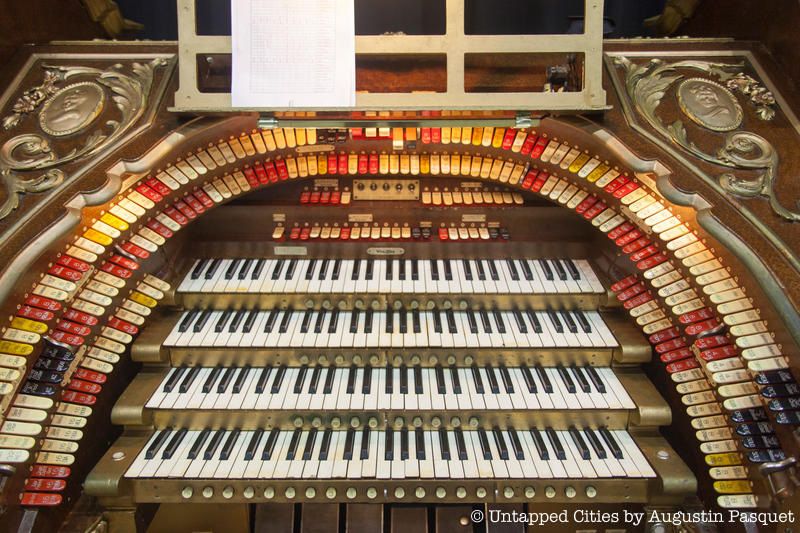
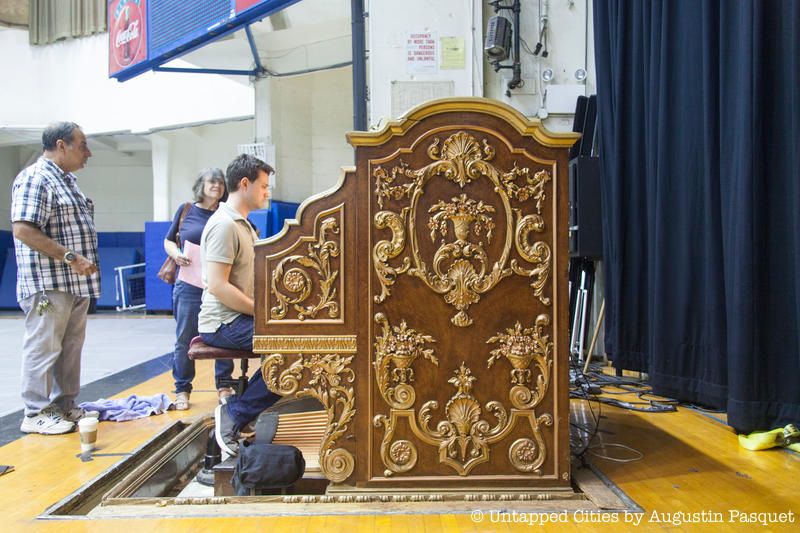
This organ is what is called a 4/26. The four stands for the four keyboards on the console, the 26 meaning 26 sets of different sounding pipes (Radio City Wurlitzer is a 4/58, with 4 keyboards and 58 sets of pipes). The console is just the visible operational portion of the “organ,” but the pipes are up in 4 chambers to the left and right of the stage area, where the actual sounds are made.
The ones you hear in cathedrals and churches, Amato explains are a different ‘beast’ of a pipe organ, what’s called a classical organ, what composers like Johann Sebastian Bach wrote their sonatas on. What separates the two types of organs are their pipes. A theater organ has some of the classical organ pipes, but has many pipes unique only to itself. They were designed to entertain in the place of an orchestra. They were in fact originally called unit orchestras.
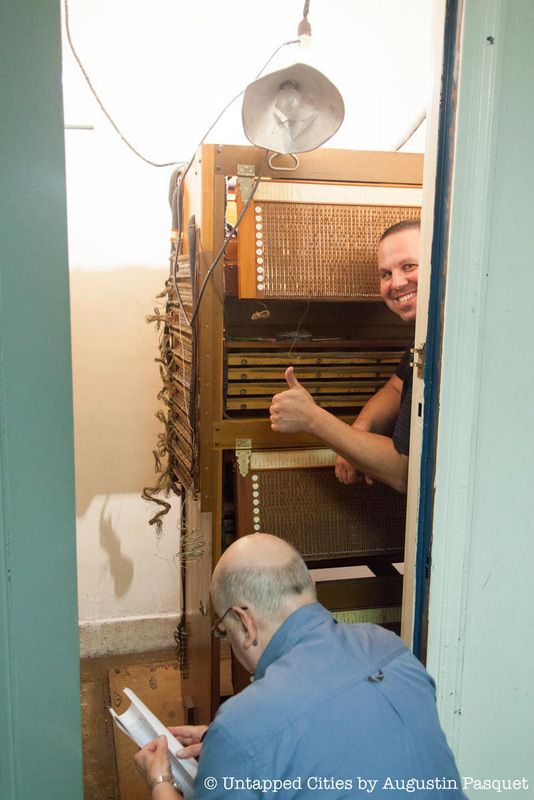
The organ has all sorts of bells and whistles including sleigh bells, a piano, a bass drum, timpani, xylophone, bird sounds, and car horn sounds, seen in the picture below – sounds you would never find in a church. What made the school keep the organ? There used to be 200 of these around the city, and in 1962 when they decided to create the gym, the university demanded that organ be kept in working condition. Today is operates at 98 percent.
Since then, they’ve had three curators of the organ who take care of the organ. Joe Amato is the third. LIU uses it every once in a while, particularly the School of Health Professions, which demands the organ be played during the graduation ceremony as the students proceed in. It is also played during big fundraising dinners held in the hall.
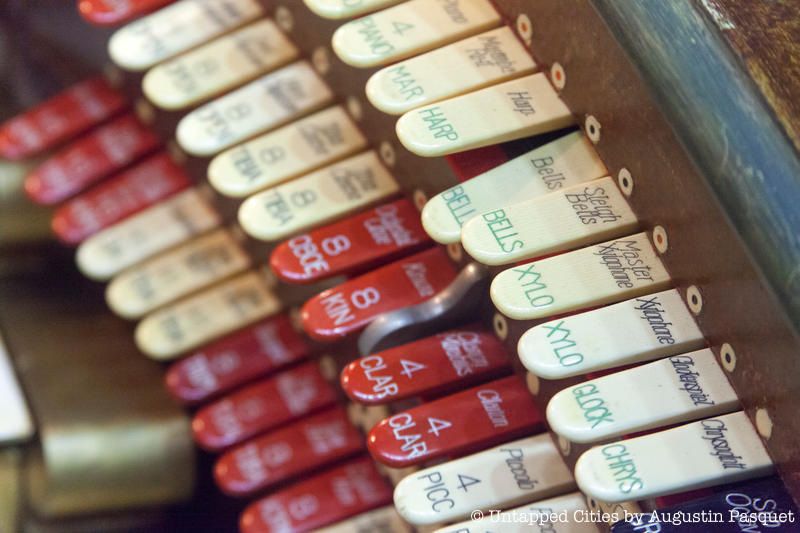
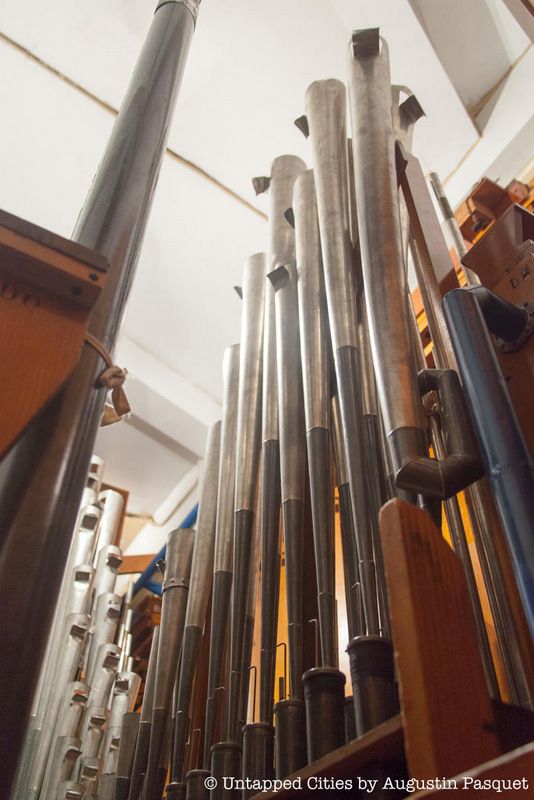
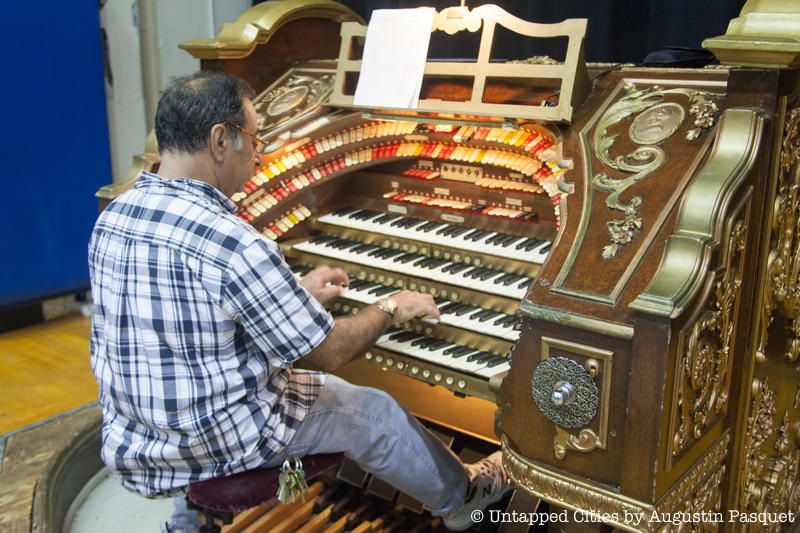
To tune this monstrous instrument requires time from eight hours to a few days, and two people: one person to hit the keys, the other to play with the individual pipe, playing with it to get it into tune. This is the 1,984th organ to leave the Wurlitzer Factory located just south of Niagra Falls, shipped directly to the Brooklyn Paramount Theatre. Recently, it was announced that the space will be fully renovated back to a theater in a two-year, $50 million renovation.
Since the one-ton organ spans from the basement to the 6th floor, it cannot be moved for renovation. So it will stay in exactly the same place. To prepare it for the building’s renovation, the Wurlitzer’s console will just be brought down its elevator into the basement and pushed back. It only has to be protected from the construction, particularly the dust that will accrue from all the work (dust is the worst enemy of the organ pipes).
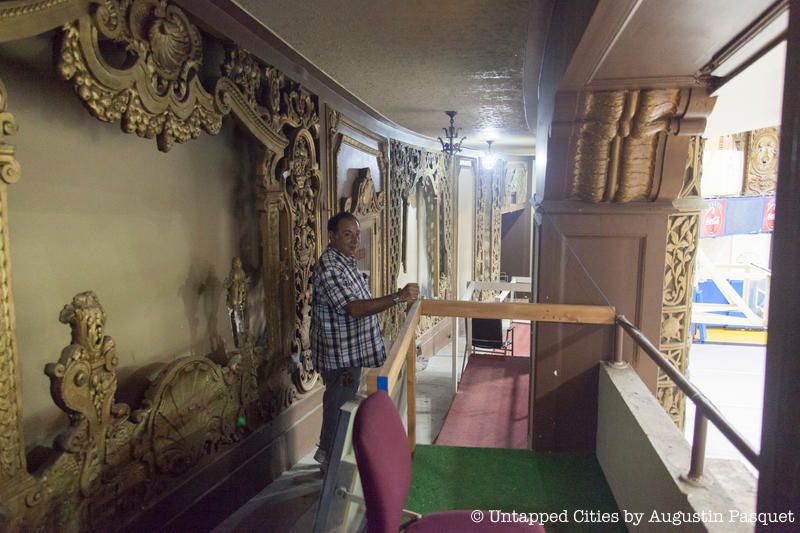
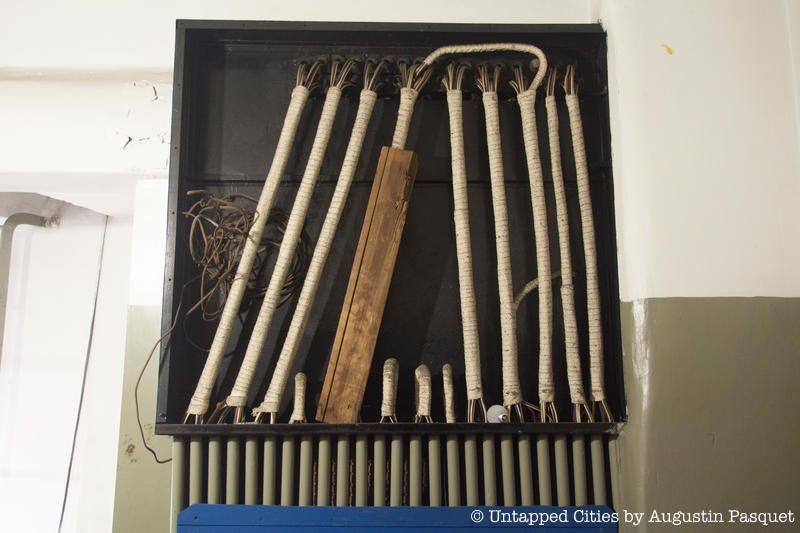
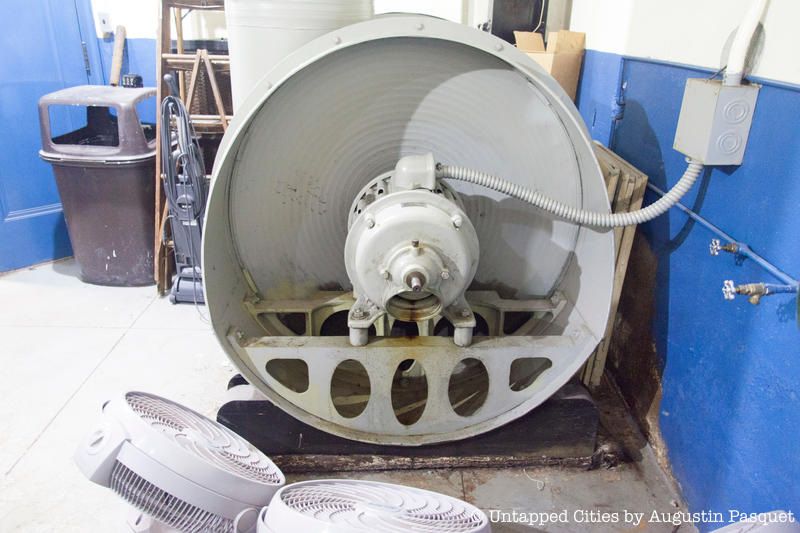
On Sunday, October 8, renowned organist Mark Herman rose via elevator from the floorboards to play the ivory-keyed Wurlitzer one last time before renovation begins. Watch below a video of this mighty organ, featuring the sounds of the almost 2,000 pipes.
The theater closed in 1962 even when LIU moved in in 1950. The last movie to be played here was Hatari! with John Wayne.
In two-years time, when the renovation is complete and the theater returns, the fate of the Wurlitzer organ remains uncertain as the Theatre Organ Society of New York have had no guarantee from the people in charge of the renovation that the organ will stay in place. As one of the last two organs of its kind in the city, we do hope this piece of history will be saved.
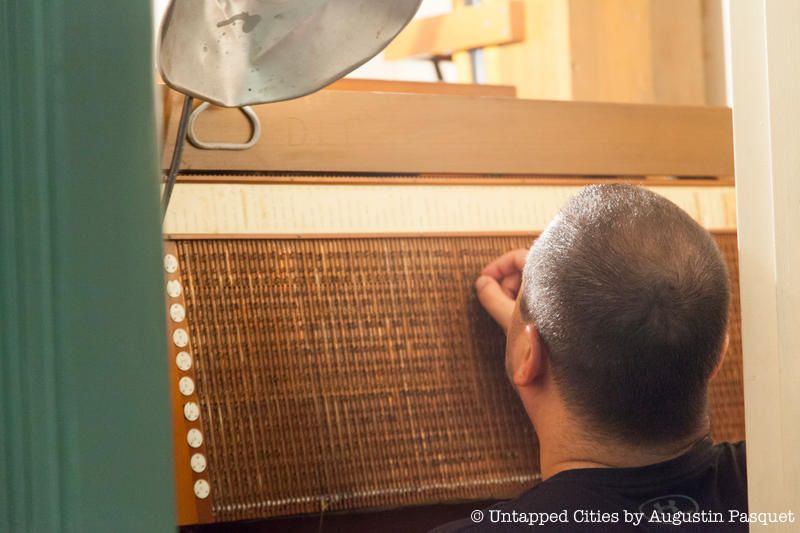
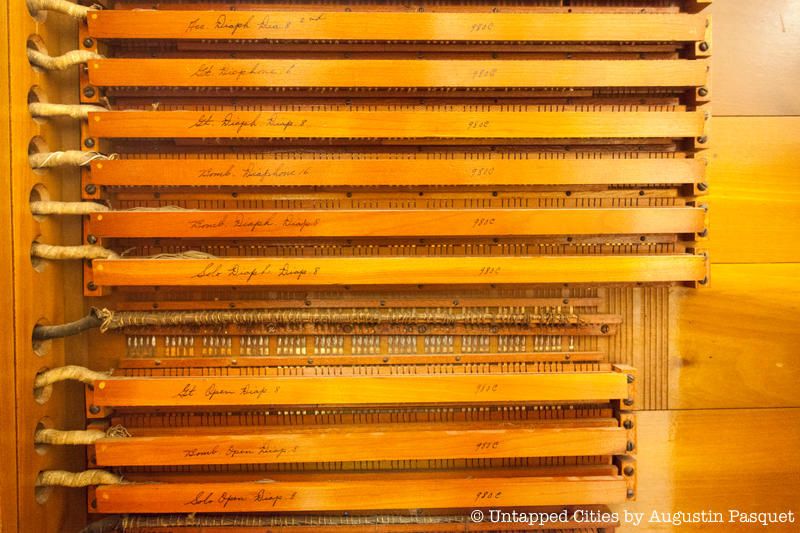
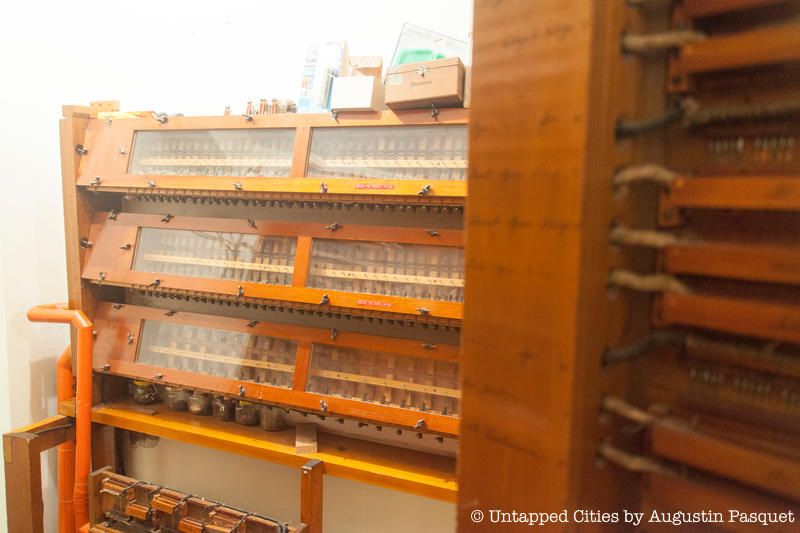
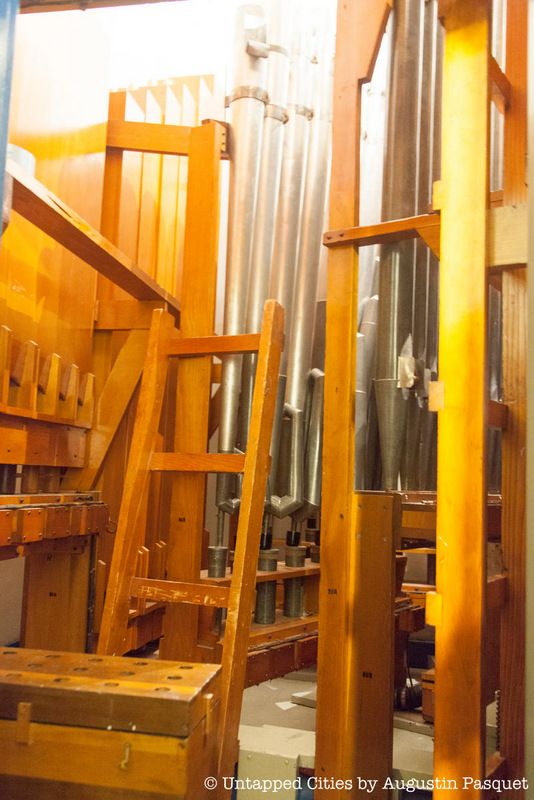
Next, check out 7 of NYC’s Most Unique Musical Instruments You Can Visit.
Subscribe to our newsletter